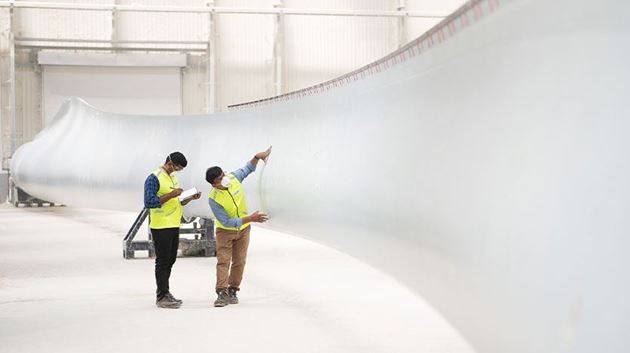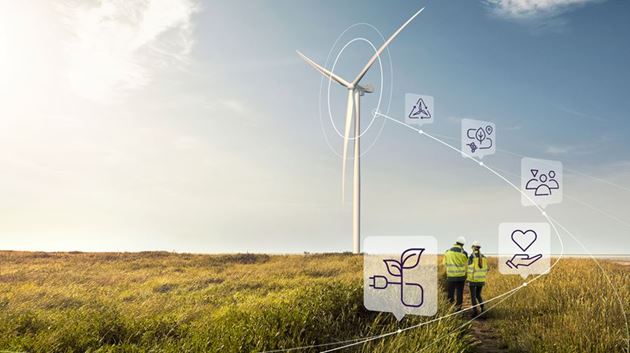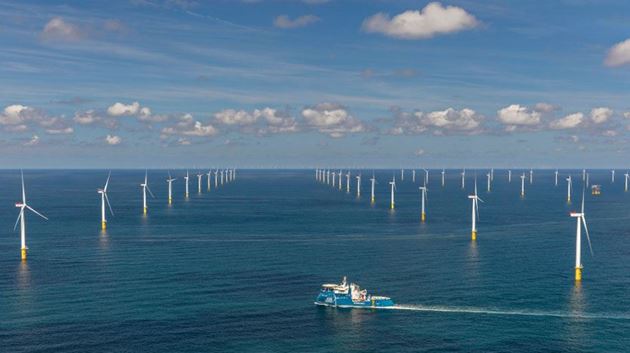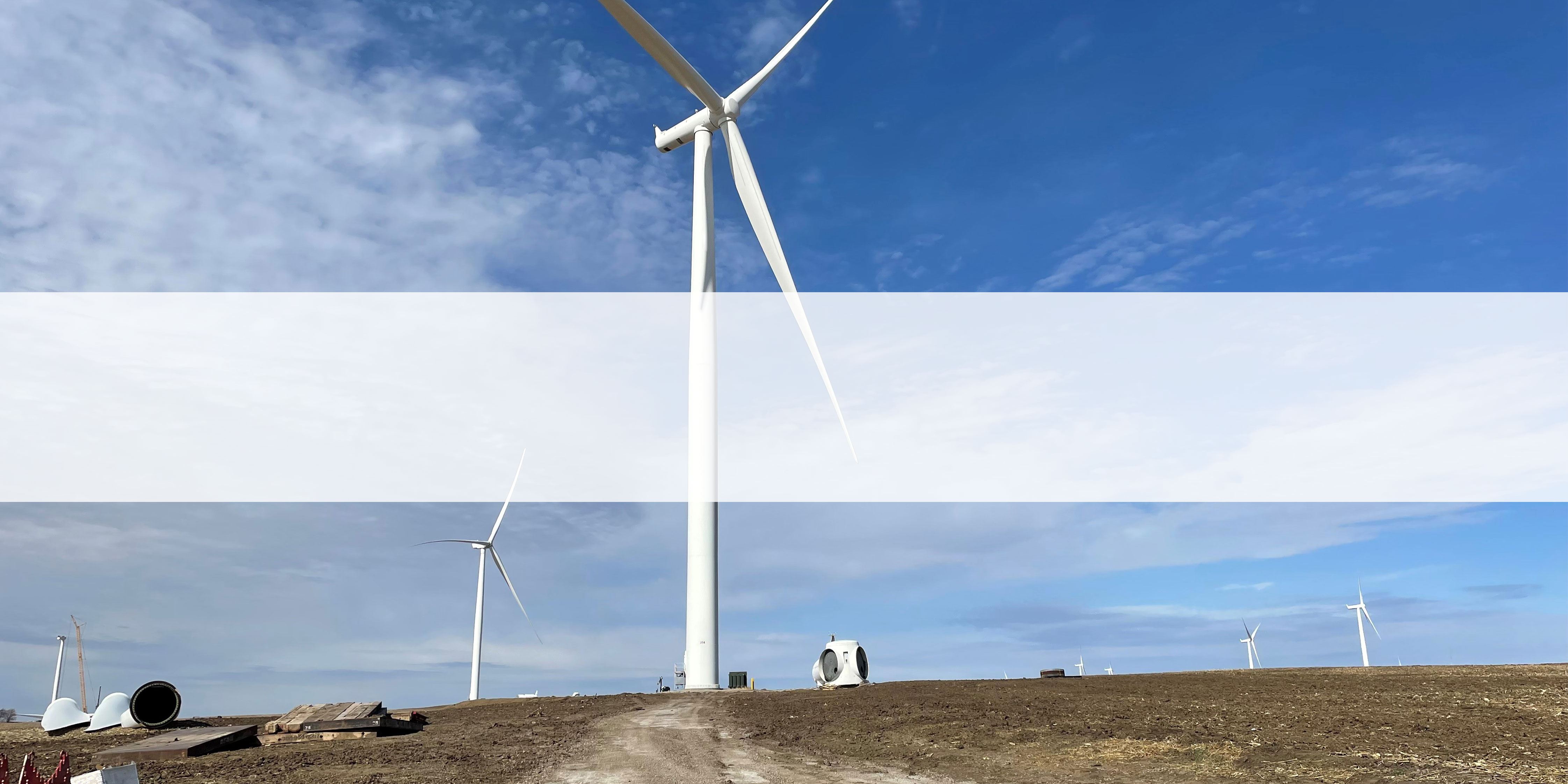
U.S. blade recycling opportunities begin to overcome one of sector’s biggest challenges
Madrid / 19 July 2022
As the number of wind projects that are decommissioned in the U.S. will continue to increase in the coming years, so the challenge of finding ways to ensure they are recycled and do not reach landfill is also rising.
The challenge lies in the fact that for many years these blades have gone to landfill, which naturally is not the greenest end for these close to 60-meter blades that have until they are taken down helped to provide a great deal of green energy. The opportunity therefore lies in finding ways to ensure these blades do not end up buried in the ground and instead are either recycled or repurposed.
This recycling industry for blades is still only nascent, and will need fresh visions on how to recycle blades going forward, as well as a whole lot of investment to ensure that the thousands of blades due to be taken down over the coming years can reach a new life. But the number of companies able to do this is steadily growing as is the commitment from companies to end landfill dumping. For its part, Siemens Gamesa is working with a number of its partners at present to recycle 1,800 blades in projects across the Midwest as recycling opportunities gather momentum.
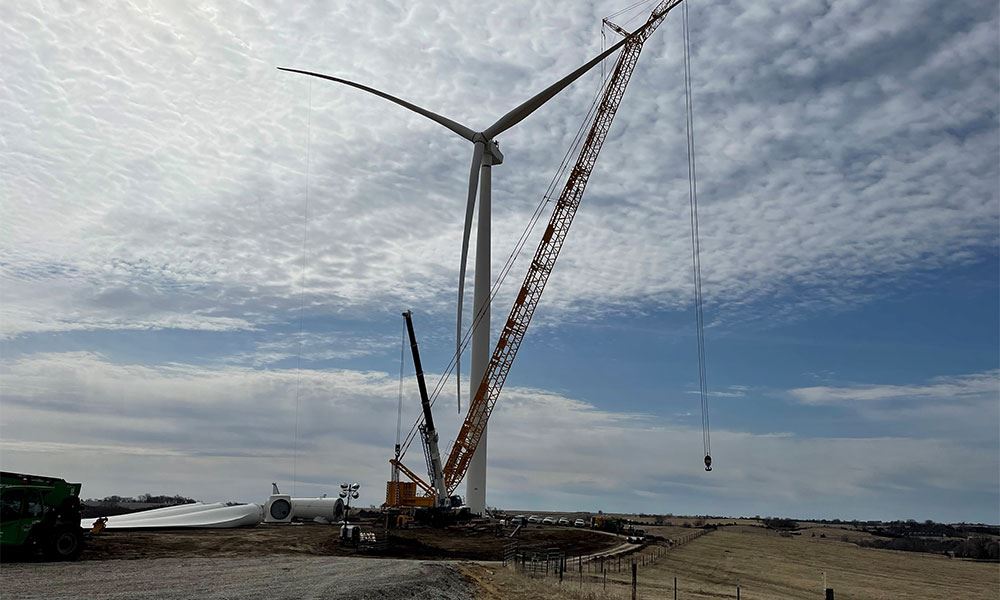
One of these vets, and now newcomers to the growing repowering sector is Adam Jablonski, VP for Resource Development at MidAmerican Energy, a Midwest power supplier managing over 7GW of wind energy among other energy sources. He is working with Siemens Gamesa on several large wind projects, to optimize their performance through repowering, and also finding solutions to what to do with the blades. Siemens Gamesa also works to extend the lifetime of wind projects to extract the maximum value from them before a decision is taken on how to repurpose or recycle them.
“I started 15 years ago in the wind industry, so now we’re coming full circle with some of these projects and seeing how we can assure a sustainable future for all the components we’re using. In earlier repowering projects, most of the blades used to go to landfill, but we’ve seen a shift from the public, authorities and the industry to push to find new solutions. A lot more needs to be done, but now in all our contracts we stipulate that the blades must be recycled or repurposed,” said Adam.
Adam Jablonski, VP for Resource Development at MidAmerican Energy
What we do need to see is a massive scale-up in the recycling industry – there is a huge opportunity here for investment and start-ups to find solutions for the future.
At present most of the blades from wind projects being repowered are sent to a number of specialist companies who can process the blades to be used in the cement industry. Blades are cut into small pieces and the organic content of blade waste can then be recovered as thermal energy in the process of manufacturing cement, while the mineral part of the waste can be used as replacement for sand in cement.
According to Adam at MidAmerican there is a strong business case for the development of further recycling solutions for at least the next decade given the huge quantity of blades that will need to be recycled. Indeed, he said that MidAmerican could repower more than 1,000 additional turbines in the state of Iowa alone over the next ten years. The investment case would be dependent, however, on continued tax credits in the U.S. for wind projects.
“We cannot afford to be hands off with this subject, so we will continue to work closely with our partners. But what we do need to see is a massive scale-up in the recycling industry – there is a huge opportunity here for investment and start-ups to find solutions for the future.”
Adam has worked closely with several teams at Siemens Gamesa on large repowering projects. At present Siemens Gamesa is working on three projects to recycle approximately 800 blades in projects in the Midwest. A contract was awarded to RiverCap, a company that specializes in the decommissioning and repowering of wind projects, has worked with cement kilns to recycle the blades and invested in their own recycling solution. MidAmerican is also recycling blades through another company called Carbon Rivers. There are now around 70 kilns in the U.S. capable of recycling blades in this way. That compares with just one in Europe, which Siemens Gamesa has used already to help recycle blades from a plant in Finland.
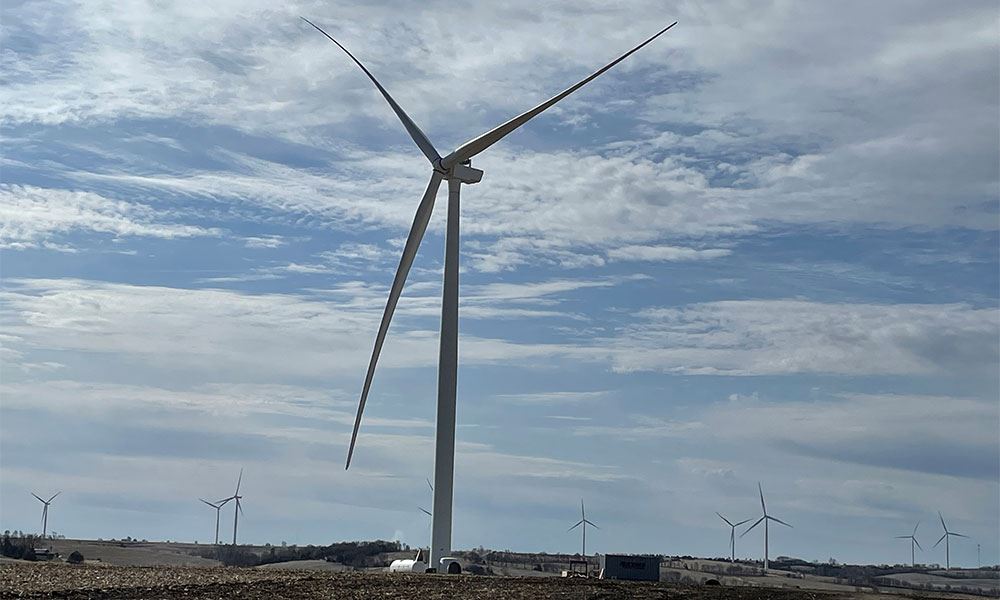
Jonathan Wickersham, Senior Purchasing Manager at Siemens Gamesa, explained that a lengthy process was conducted to find the right companies to deal with these blades until two were identified as being the most capable of carrying out these projects. A further study was also realized to see how the blades were then treated by further suppliers such as Veolia, a recycling company that processes the blades.
“We began looking at these projects about three years ago and we have worked closely with MidAmerican and other energy suppliers to address the increasing needs to recycle all the blades out there. We’re only really getting started, but our goal is now to recycle all the blades that are decomissioned,” said Jonathan.
He has also worked alongside Dean Prescott, a Senior Project Manager at Siemens Gamesa responsible for repowering projects in the U.S. Dean explained that the first repowering projects began in the U.S. were in 2016, but it’s really been in the more recent past that there has been increased attention on recycling.
“If we’re trying to offer the most sustainable solutions through the technology that we provide, then recycling is also something that we must do. There are still challenges but we will see capacity for repowering increase over the coming years so I am sure other companies will get involved and offer more solutions to bring an end to landfill. I feel fortunate in my work to be at the front end of driving this change,” said Dean.
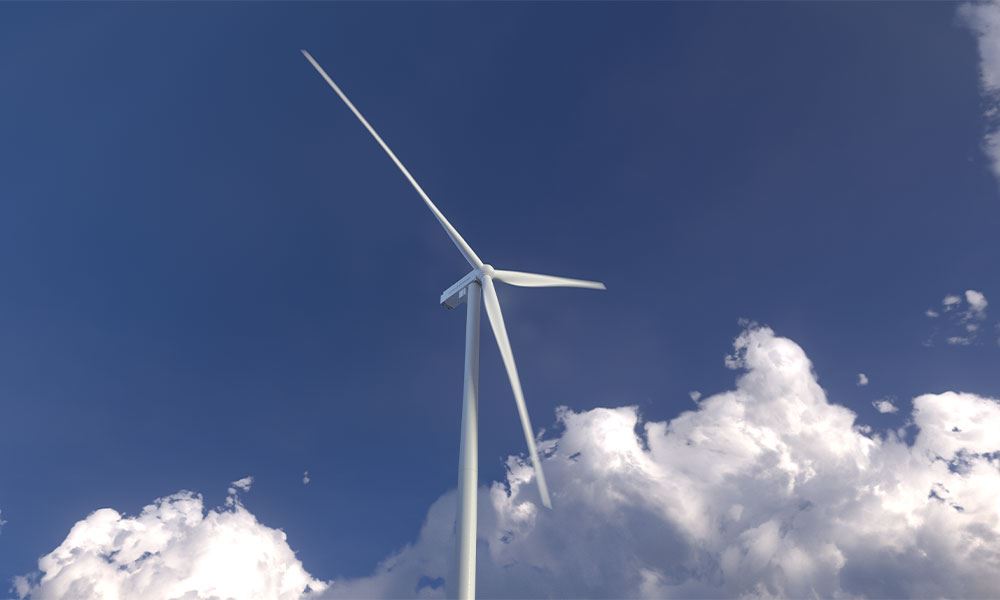
According to Brian Donahue, Vice President of Business Development at RiverCap, there are currently four key options to recycling blades: using them in cement kilns; using the materials in other aggregates such as concrete and thick plastic; employing pyrolysis which heats the blades chemically to break down the alternatives. And while he said that RiverCap supports recycling in cement kilns, they wanted another scalable recycling alternative that pyrolysis and aggregate just could not provide. This option being a new avenue in this nascent industry, to use the blades to manufacture products that can serve consumers, towns and cities, or even agriculture.
He said that Canvus has a manufacturing facility in Northeast Ohio that will be manufacturing products in the third quarter of this year. and by late 2023 they would have two more that could also store and manufacture products in Texas and the upper Midwest.
Whether it be giving a new life to blades through innovations like Canvus or recycling them using cement kilns it is clear that a whole industry will need support and investment to ensure that long-lasting solutions are found to ensure blades can be recycled.
Siemens Gamesa is supporting a call for landfill ban of blades. The company has also committed to develop fully recyclable blades at the latest by 2030 having launched the RecyclableBlade, and is active in R&D projects such as DecomBlades. In turn the company is seeing more colleagues around the globe actively supporting our customers in ensuring recycling of blades.
“It’s great to see that we in SGRE are living up to our commitments on several continents regarding blade recycling with this great work of the team in US that have found a solution that can handle both the volume, but also with the possibility of some innovations using the blades for new purposes’ says Jonas Pagh Jensen, Sustainability Specialist at Siemens Gamesa.

